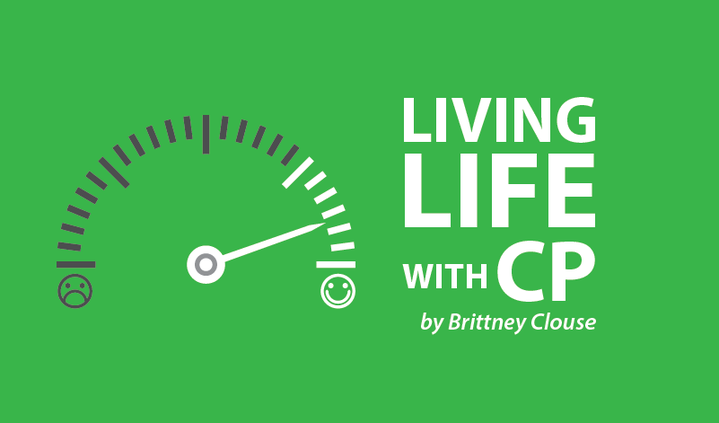I’ve been thinking a lot about what information this column could bring you next. I’ve covered a lot of ground here, and want to keep going with content that really matters.
Most of us, whether we have a disability or a chronic illness, or we’re close to someone who does, spend a long of time in the waiting rooms of doctor’s offices or emergency departments. It’s become second nature to us and our loved ones.
As I’ve grown and my needs have changed in relation to my illness over the years, I’ve had to take a backseat to my treatment at times. Many conversations I have with myself or with others in the waiting room, don’t actually make it to my face-to-face time with the doctor. I’m curious about this, because many of these conversations are about my treatment. Such as:
- my feelings about getting a wheelchair;
- my fears that my doctor won’t think that my pain is real or valid;
- how I’m coping mentally or emotionally with my illness changing and the treatments I take.
Why is it that conversations we are happy to carry on in the waiting room, don’t always make it the doctor who treats us in the examination room? Are we fearful of our doctor’s reaction? Are we afraid to admit something to ourselves? Do we worry because we’re already “ill” and we don’t want more “problems?” I don’t know. It could be a combination of all three of these things – and more.
Hopefully, with this series we can shed some light on the subject. Perhaps it will encourage you to take your waiting room conversation to your doctor in the examination room. I have a couple of ideas brewing for topics in the series to be rolled out soon. But first I really would like some feedback.
- What kind of topics do you want me to cover?
- What kind of conversations have you had in a waiting room that you’ve left out when speaking to your doctor?
- Who did you have this conversation with? Yourself, your mom, your partner, another patient?
All of these things matter. For example, when I was a teenager being fitted for my wheelchair, I could have been a little more honest about my feelings. Maybe there was another option (or several) to explore before I accepted using a wheelchair. In fact, I remember having some ideas about things we could have tried before going full speed ahead in fitting me for a wheelchair. I now believe that fear kept me silent — fear about the way my illness was changing, fear that my symptoms were not believed, fear of whatever else could have possibly been wrong with me, and fear that nothing else could have been done to help me. I don’t know how things would be different because I chose silence.
With the series to come, I hope to empower you to raise your voice as you move forward. Tell me your thoughts about the next series and what you want to see covered. Use the comment section below!
Note: Cerebral Palsy News Today is strictly a news and information website about the disease. It does not provide medical advice, diagnosis, or treatment. This content is not intended to be a substitute for professional medical advice, diagnosis, or treatment. Always seek the advice of your physician or other qualified health provider with any questions you may have regarding a medical condition. Never disregard professional medical advice or delay in seeking it because of something you have read on this website. The opinions expressed in this column are not those of Cerebral Palsy News Today, or its parent company, BioNews Services, and are intended to spark discussion about issues pertaining to cerebral palsy.


